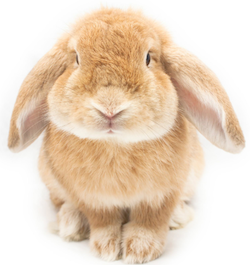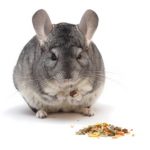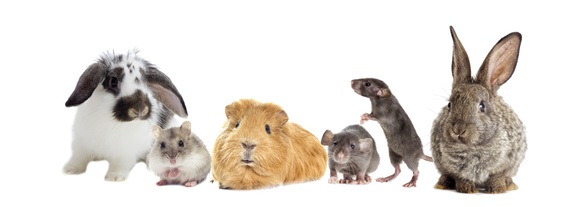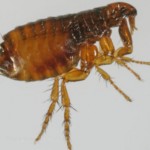
20 Jun2017
Written by Sophie Le Bars - Denost. Posted in News, NAC, Uncategorized
The RHD (RHD – Rabbit Haemorragic Disease) is a rabbit disease for which no treatment is effective. This disease does not affect guinea pigs.
 The causative virus is highly resistant in the environment (4 months in the droppings contaminated by a sick rabbit!)
The causative virus is highly resistant in the environment (4 months in the droppings contaminated by a sick rabbit!)
Transmission of the disease occurs from rabbit to rabbit, but also through the contaminated greenery. Apparently biting insects can also carry the virus.
As this virus remains virulent in the droppings of infected rabbits during 4 month, it is entirely possible to infect a remaining rabbit apartment by purchasing hay contaminated by droppings from wild rabbits or related feed.
The disease develops in 24 hours and rabbit dies quickly (bleeding from the trachea, lungs, intestines…)

01 May2017
Written by contact@vetup.com. Posted in News, NAC
Skin disorders ferret, rabbits and rodents
The new pets, called "NAC", correspond to a set of animal grouping Rodents, les Lagomorphes, the birds, the reptiles, ferrets…
We are interested to dermatological disorders some of them : rodents, ferrets and rabbits.


28 Sep2015
Written by contact@vetup.com. Posted in News, NAC
RABBIT ROSTRENEN VACCINE CLINICAL CENTER BRITAIN VETERINARY ADVICE
. The rabbit is an animal domesticated from more of 1000 years. The weight of a pet rabbit varies between 800g and 1,9 kg. Its life expectancy is 5 to 10 years, sometimes more, up to 14-15 years for some lucky!
.
 The rabbit can live alone or in a group, in an enclosure or a large cage, probation in the home or. The cage litter consists of hay or good quality litter. The soil must must not be too slippery: litter, or carpet, carpet, allow of not to damage tabs.
The rabbit can live alone or in a group, in an enclosure or a large cage, probation in the home or. The cage litter consists of hay or good quality litter. The soil must must not be too slippery: litter, or carpet, carpet, allow of not to damage tabs.
If he lives in a cage, it is advisable to bring it out as often as possible. A rabbit has to run , jump, play at least 3 hours per day. This way you avoid obesity and you participate in his mental well-being and preventing diseases caused by confinement in a cage. This also allows better socialization. Exercise is also very good for sufferers of urinary pathologies rabbits.

18 May2015
Written by Sophie Le Bars - Denost. Posted in News, Cats, Dogs, Leaflets, General information, NAC
The external parasites of dogs and cats
Our pets can be the target of different parasites it is important to know in order to better combat.
.
1/Fleas
.
Fleas are external parasite of dogs and cats the most frequent.
A few figures that make think :
-1 female may lay 50 Eggs per day during 50 to 100 days
-1 chip lives on average 100 days
-the fallen eggs hatch into larvae in 3 to 7 days
-These larvae develop into adult fleas 2 weeks to 1 month (more quickly if animals are present)
-in the absence of animals to stitch, the larvae can survive several months.
18 May2015
Written by Sophie Le Bars - Denost. Posted in Dogs, Leaflets, General information, NAC, Uncategorized
Here is a presentation of two lesser known skin parasites :
.
The Cheyletiellose
.
Presentation
Cheyletiella is a mite of large feeding on scales on the skin of animals, including dogs and rabbits. Females lay eggs on hair. The complete cycle lasts 3 about weeks. The cheyletielles can survive 5 to 6 weeks in the external environment, They then feed of small dust mites, but need a host to reproduce.

 The causative virus is highly resistant in the environment (4 months in the droppings contaminated by a sick rabbit!)
The causative virus is highly resistant in the environment (4 months in the droppings contaminated by a sick rabbit!)



